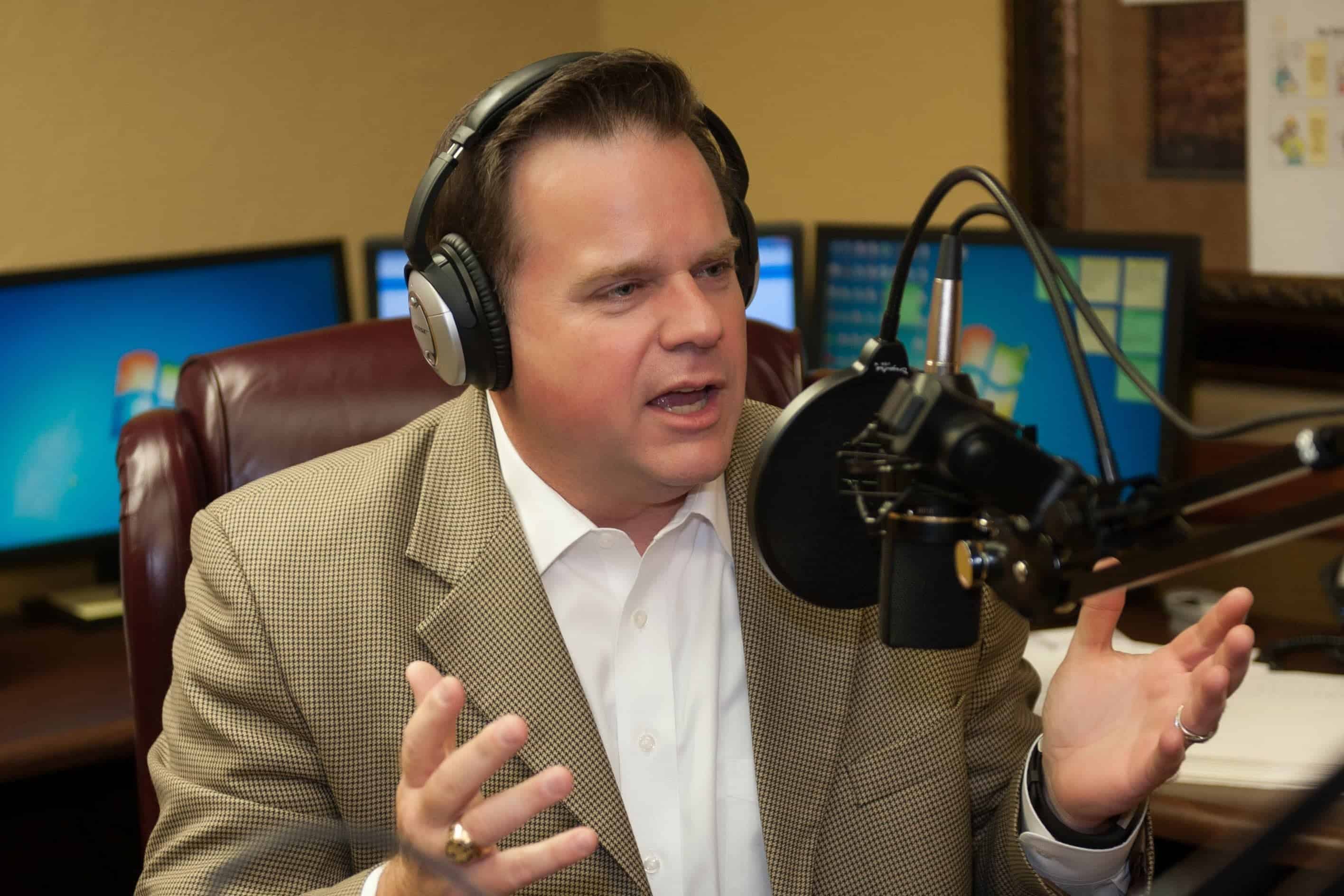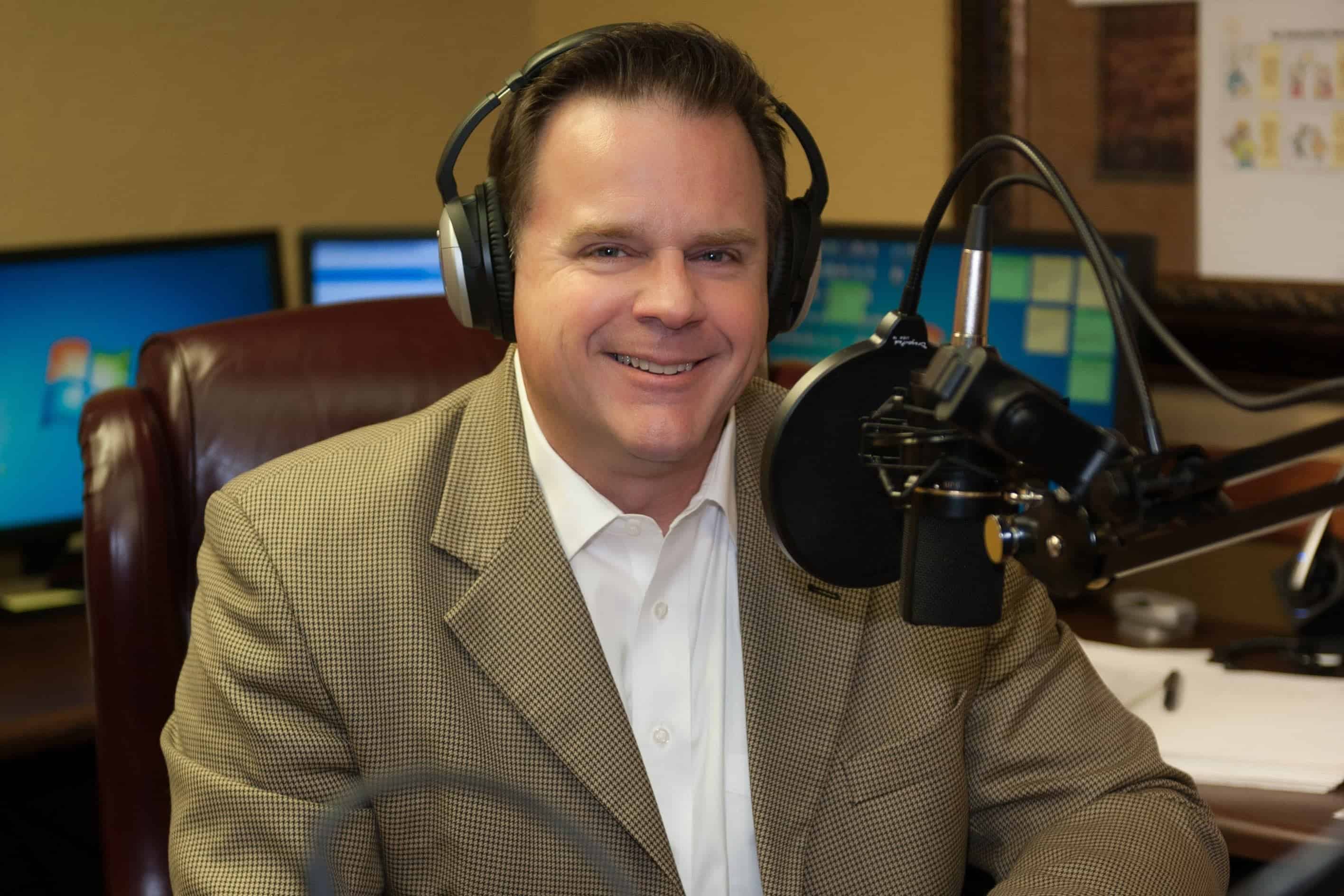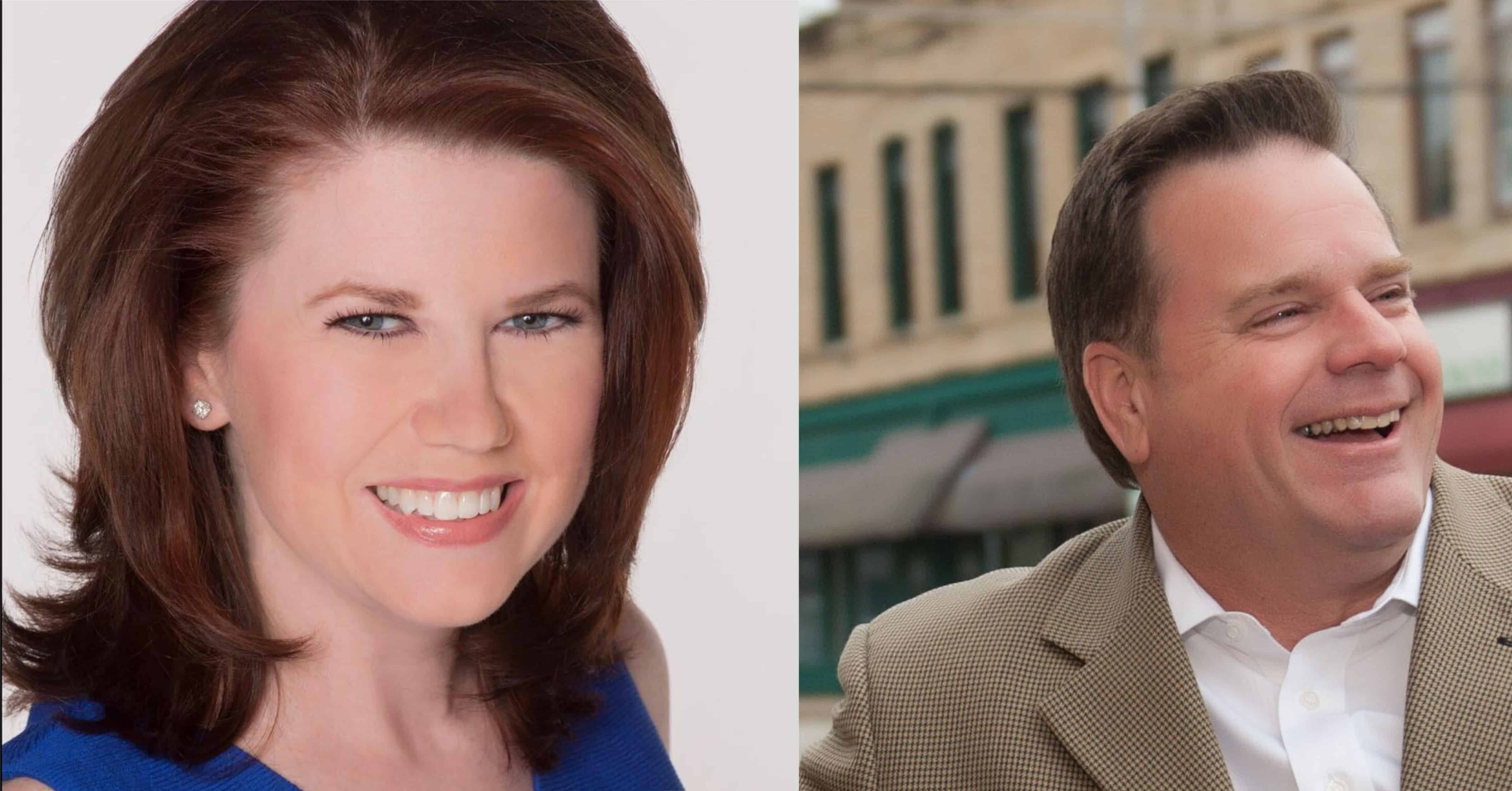No, I am not referring to the presidential election. I am concerned about your financial future! You have opportunities, during times of disruption in life, to make decisions that will forever impact your family’s security. I am referring to retirement plan, life insurance and Individual Retirement Account elections.
For example, many of our clients are participants in the Oklahoma Teachers Retirement System (OTRS). When counseling these outstanding educators and administrators about their future, we provide guidance on the appropriate decisions that must be addressed. One of those decisions is to receive a larger current monthly benefit payment or to consider your spouse’s needs should you predecease him or her. It is difficult to make decisions when all of the facts are not known. Our role is to model different scenarios that will help them consider the probabilities of certain acts occurring in the lives of the couple.
Once an election has been filed with the OTRS, you are barred from changing the election for spousal survivor benefits. What a tragedy if your family were subjected to a considerable decrease in financial security at a time when you need it most. This is an important decision that should not be made without consultation of an experienced retirement planning specialist.
Another election is the use of your lifetime assets for immediate cash flow needs. This year has been different for all of us. Congress and the president have given individuals, under the age of 59½, the option of taking funds from their IRA without incurring a premature distribution penalty of 10% of the amount received. Although this relief granted IRA owners is generous, your lifetime retirement assets should be the last resort for purposes of funding an immediate need. For example, you may incur federal and state income taxes on the distribution amount which may be taxed, at a minimum, for a total of 20%. There are many other options where interest rates are lower than this percentage.
One of the most damaging elections one can commit is failing to review beneficiary designations. Let me explain with a story. One of our clients had divorced his long-term spouse and remarried. When experiencing a life change such as marriage, divorce, birth of a child, change of a career, etc., it is important to be aware of the collateral impact of other factors in life. In this instance, our client was asked, on several occasions, to provide us copies of all of his beneficiary designations for his retirement plan, life insurance, bank accounts and other joint tenancy property so that we may confirm their current status.
Citing his understanding of estate law and, now much bravado over his finances, he failed to bring us the beneficiary statements for review. Unfortunately, he suffered a terminal heart attack after a year of marriage to his second wife. While administering his estate, his son, the successor trustee of the decedent’s trust, discovered a shocking document! His father had not changed the beneficiary designation on a substantial life insurance policy. The sadness and desperation in the voice of this man was evident. I recommended he consult with the trust’s attorney but informed him, under federal and Oklahoma law, the beneficiary designation will stand counter to any verbal wishes or intentions of his father.
There is a happy ending to the story. Well, happy for the decedent’s first wife. The assets he attempted to shield from her during the divorce awarded her upon his death. Our newest client was a lady that we had known for many years that just inherited $2,000,000 tax free! Just like a fable in a children’s novel, there are always happy endings. The question is, will you be the one that is happy? See a CERTIFIED FINANCIAL PLANNER™ professional to help you create a happy ending to your future security story.

















